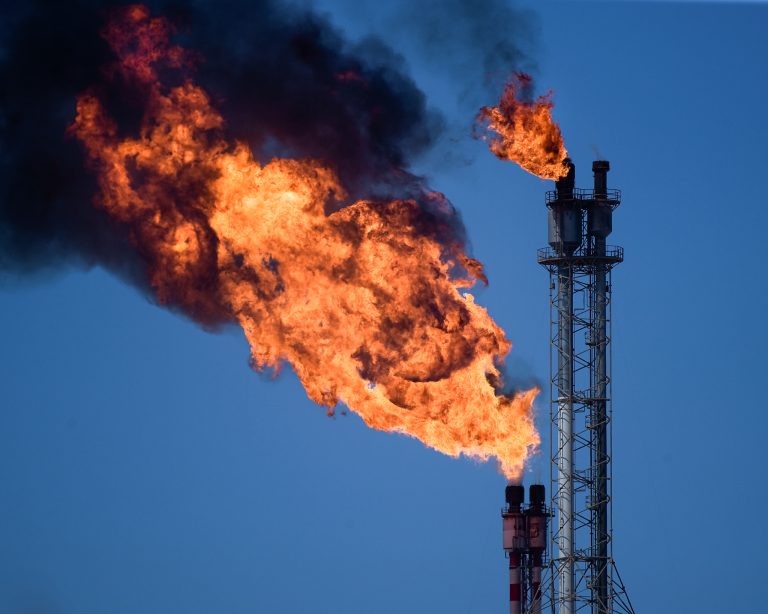According to the latest report by the International Energy Agency (IEA), world demand for oil and gas is likely to grow until 2050. The agency changed its view this year and no longer expects a rapid shift to cleaner energy sources in the coming decades.
The agency estimates that oil consumption will rise by about 13 percent by mid-century compared with today, reaching as much as 113 million barrels a day. Similarly, there is growing interest in liquefied natural gas, the availability of which is expected to increase by half by 2030.
The development of the energy sector is strongly influenced by the development of modern technologies, in particular the construction of data centres and the use of artificial intelligence, which are also increasing energy consumption.
The report stresses that the ambition to keep global warming below 1.5 degrees Celsius appears unachievable on current trends. The world will exceed this threshold in the next few years in all scenarios.
The political context and the attitudes of the major countries are also important. The United States, which is one of the IEA's biggest financial supporters, under Joe Biden's administration has been pressing the agency to support the transition to a clean energy policy, while President Donald Trump is urging US companies to continue expanding oil and gas production.
Overall, the market for liquefied natural gas is expected to grow from 560 to more than 1,000 billion cubic feet by 2050.
At the same time, the International Energy Agency points out that it is not only the targets that are important, but also the actual measures taken. Although countries are announcing climate plans, they are lagging behind in implementing them. The final report calls for a rational approach - the world must count on growing demand for traditional energy sources unless there is a faster technological or political turnaround.
(reuters, sie)
